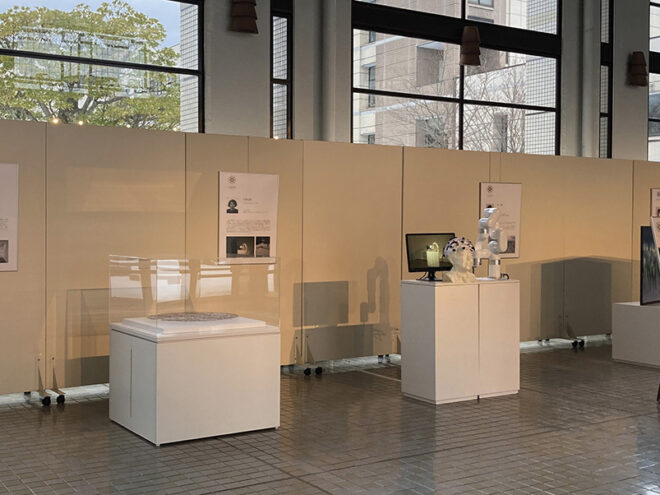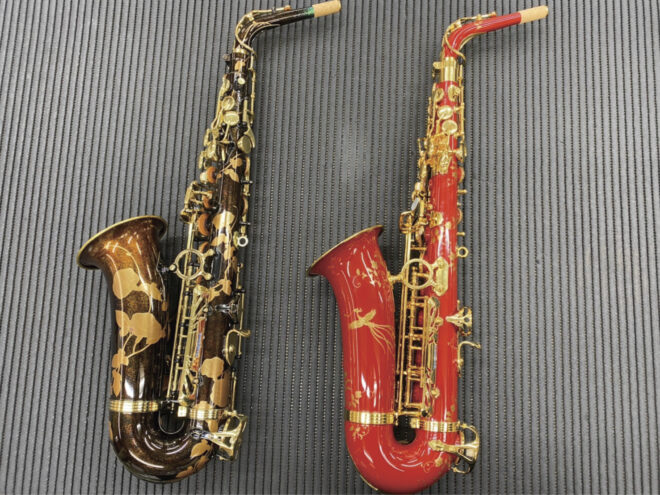In the beginning of 2020, COVID-19 began to spread worldwide.
The Faculty of Arts and Design at the University of Toyama required face shields, full-face protective masks to prevent infection, and ear pain relief. We produced masks to prevent infection and tools to prevent earache while wearing masks, and sent these to University of Toyama Hospital. I conceived a ventilator using AmbuVac for use in emergencies. When I started researching it, I obtained a 3D blueprint of the design developed by graduate school and doctoral students, on the Massachusetts Institute of Technology (MIT) website.
The blueprints included a list of necessary parts. It also explained how to operate these. Therefore, I decided to consult with Toyama University Hospital to determine the feasibility of this project. Many doctors including the director of the hospital, Dr. Atsushi Hayashi, teamed up for consultation. At that time, it was infeasible to predict how the situation would have developed. The devastation occurring in other countries was likely to spread to Japan. Finally, the hospital director decided to proceed with
the development.
After obtaining permission from the hospital director, we began development. Although the source code was available on the MIT website, we decided to rely on the Faculty of Engineering for programming expertise. An individual who responded positively was Associate Professor Hideki Toda of the Faculty of Engineering. His specialty is dynamic robotics. By exchanging emails to evaluate each other’s progress and share opinions,
we produced the first three machines in marginally over three months.
The first prototype had been completed and had fulfilled the original purpose. It was brought to a university hospital and demonstrated. However, one of the doctors said, “Maybe it would be better if it was a little smaller and lighter.” I had apprehensions regarding the compatibility of the large, heavy, and cumbersome main body design with the gear drive system. Therefore, I started designing the second machine.
The variations in the design of the second machine were that the gear drive system was replaced with a timing belt, the power motor was manufactured in Japan rather than China, and the casing was redesigned to reduce its size and weight. During this time,
the program was also updated and refined. In Japan, systems to address the coronavirus were established gradually, including the development of vaccines, inoculations, and preparation of medical systems. The need for ventilators in emergencies had virtually disappeared. From the beginning, I had considered it more effective to not use this machine. Therefore, I was relieved that the crisis was subsiding.
Subsequently, the third machine was developed considering the drawbacks of the second one (difficult to assemble, marginally heavy, inconvenient to carry, securing of power supply, etc.).
It was designed to be used in disaster and accident rescue operations and in developed countries. Another major aspect is that it was earlier powered by an AC 100 V power supply, whereas it now has a two-way power supply that can also use a general-purpose 18 V battery. This makes it portable.
In November 2023, the University of Toyama participated in a medical device exhibition called “Medical Creation Fukushima.” It was a productive opportunity. We received recommendations from medical professionals regarding new approaches to using this respiratory device. As a regional national university, I consider it to be of high significance that we can utilize our unique characteristics and address social issues. As a faculty member at the University of Toyama, I am gratified to have engaged in such development activities. Additionally, I consider that collaboration beyond departments would continue to be promoted,
and new value would be created.
The third prototype is an improved version of
the second model that is even lighter and easier
to assemble, and can also operate
on general-purpose batteries.








